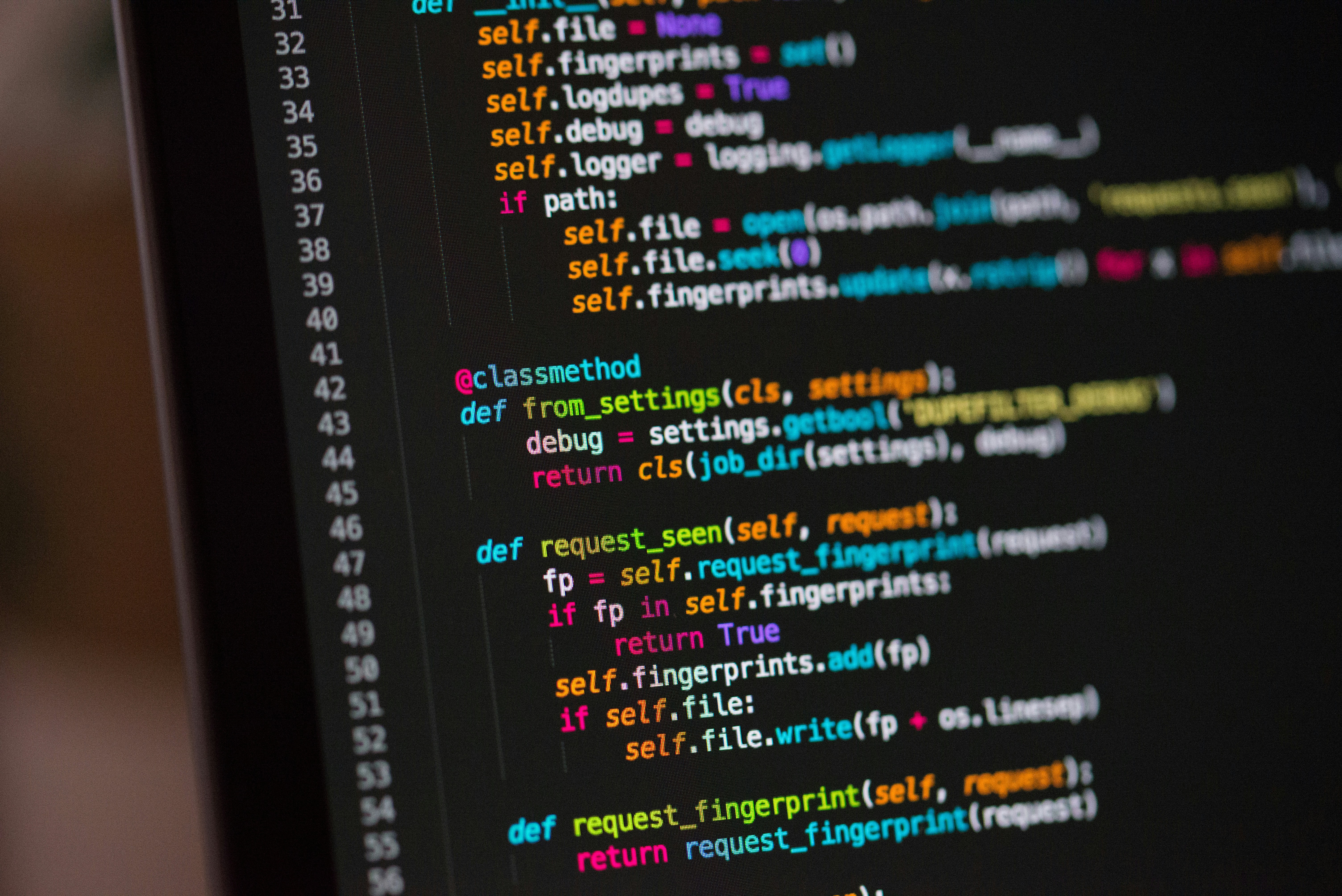AI-Powered Code Optimization: Enhancing Performance Without Breaking a Sweat
2025-05-20

Performance optimization has traditionally been one of the most challenging aspects of software development. It requires deep expertise in algorithms, data structures, and system architecture—skills that take years to master. But what if AI could democratize performance optimization, making it accessible to developers of all skill levels? That's the promise of AI-powered code optimization, a revolutionary approach that's transforming how we think about efficient software.
The Optimization Dilemma
Performance optimization has always presented developers with a challenging dilemma. Optimize too early, and you risk wasting time on premature optimization. Optimize too late, and users suffer from sluggish applications. Even experienced developers struggle to identify the true bottlenecks in complex systems.
Traditional profiling tools can point to hot spots in your code, but they don't tell you how to fix them. Consider this Python function that calculates Fibonacci numbers:
def fibonacci(n):
if n <= 1:
return n
else:
return fibonacci(n-1) + fibonacci(n-2)
# This is incredibly inefficient for large values of n
result = fibonacci(35) # Takes several secondsA profiler would show this function consuming CPU time, but wouldn't suggest using dynamic programming or memoization to fix it. That's where AI-powered optimization comes in.
How AI Understands Performance Patterns
AI optimization systems work by analyzing millions of code samples and their optimized counterparts. Through this training, they learn to recognize patterns that lead to inefficiency and their corresponding solutions.
Unlike traditional static analysis tools, AI systems can understand context and intent. They don't just flag issues—they understand what the code is trying to accomplish and suggest alternative implementations that preserve functionality while improving performance.
These systems typically work in three phases:
- Analysis: Examining code structure, complexity, and execution patterns
- Identification: Pinpointing performance bottlenecks and inefficient patterns
- Transformation: Suggesting or automatically implementing optimized alternatives
Modern AI optimization tools can identify complex issues like inefficient algorithms, suboptimal data structures, unnecessary computations, and resource-intensive operations.
From Suggestions to Automatic Transformations
Early AI optimization tools functioned primarily as suggestion engines, highlighting potential improvements for developers to implement manually. Today's advanced systems can automatically transform code while preserving its semantic meaning.
Consider this JavaScript example processing a large array:
// Original inefficient code
function findDuplicates(array) {
const duplicates = [];
for (let i = 0; i < array.length; i++) {
for (let j = i + 1; j < array.length; j++) {
if (array[i] === array[j] && !duplicates.includes(array[i])) {
duplicates.push(array[i]);
}
}
}
return duplicates;
}An AI optimization system might transform this into:
// AI-optimized version
function findDuplicates(array) {
const seen = new Set();
const duplicates = new Set();
for (const item of array) {
if (seen.has(item)) {
duplicates.add(item);
} else {
seen.add(item);
}
}
return Array.from(duplicates);
}The AI-optimized version reduces the time complexity from O(n²) to O(n) and eliminates the expensive includes() operation inside the loop—a transformation that preserves functionality while dramatically improving performance.
Beyond Algorithmic Optimization
While algorithmic improvements are impressive, modern AI optimization systems go much further, addressing areas like:
Memory Access Patterns
AI can identify and optimize suboptimal memory access patterns that cause cache misses and page faults. For example, transforming this C++ code:
// Row-major traversal in a column-major matrix (inefficient)
for (int i = 0; i < N; i++) {
for (int j = 0; j < N; j++) {
sum += matrix[j][i]; // Cache-unfriendly access
}
}Into this cache-friendly version:
// Cache-friendly traversal
for (int j = 0; j < N; j++) {
for (int i = 0; i < N; i++) {
sum += matrix[j][i]; // Cache-friendly access
}
}Parallel Computing Opportunities
Modern AI systems can identify code segments that could benefit from parallelization and suggest transformations:
# Sequential processing
results = []
for item in large_list:
results.append(process_item(item))Could be transformed to:
# Parallel processing
from concurrent.futures import ProcessPoolExecutor
with ProcessPoolExecutor() as executor:
results = list(executor.map(process_item, large_list))Framework-Specific Optimizations
AI systems can also learn optimization patterns specific to frameworks. For instance, recognizing inefficient React component rendering patterns:
// Inefficient React component that re-renders unnecessarily
function UserProfile({ user, posts }) {
return (
<div>
<UserInfo user={user} />
<PostList posts={posts} />
</div>
);
}And suggesting the optimized version:
// Optimized with React.memo to prevent unnecessary re-renders
import React from 'react';
function UserProfile({ user, posts }) {
return (
<div>
<UserInfo user={user} />
<PostList posts={posts} />
</div>
);
}
export default React.memo(UserProfile);The Future: Continuous Optimization
The most exciting development in AI-powered optimization is the emergence of continuous optimization systems that integrate directly into CI/CD pipelines. These systems constantly analyze application performance in production, identify bottlenecks, and automatically propose or implement optimizations.
This creates a feedback loop where:
- Code is deployed to production
- Real-world performance data is collected
- AI identifies optimization opportunities based on actual usage patterns
- Optimizations are proposed or automatically implemented
- Improved code is deployed
This approach solves one of the most challenging aspects of performance optimization: knowing what to optimize. By focusing on actual production bottlenecks rather than theoretical inefficiencies, developers can maximize the impact of their optimization efforts.
Conclusion
AI-powered code optimization represents a fundamental shift in how we approach performance. Instead of requiring deep expertise in performance optimization, developers can leverage AI to identify and implement improvements automatically. This democratizes optimization, making high-performance code accessible to developers at all skill levels.
As these systems continue to evolve, we can expect even more sophisticated optimizations that consider factors like power consumption, memory usage, and hardware-specific optimizations. The future of code optimization isn't about manually tweaking code—it's about collaborating with AI systems that understand performance patterns at a scale no human could achieve.
The next time you're faced with a performance challenge, consider whether an AI-powered optimization tool might help you enhance performance without breaking a sweat.
Enjoyed this article?
Subscribe to get notified when we publish more content like this.